Phone
832-979-3573
The Northern Lights, also known as the Aurora Borealis, are one of nature’s most breathtaking and awe-inspiring phenomena. These vibrant, dancing lights in the night sky captivate the imagination and leave a lasting impression on all who witness them. Whether you’re standing under a starry Arctic sky, bundled up against the cold, or watching from the comfort of a cozy cabin, seeing the Northern Lights is an experience that stays with you forever.
Found primarily in high-latitude regions near the Arctic, the Northern Lights are a natural light display caused by the interaction of solar winds with the Earth’s magnetic field. This stunning spectacle creates waves of color that ripple across the sky, ranging from vivid greens and blues to purples, pinks, and even reds. Let’s explore the allure and significance of the Northern Lights, where science and magic meet in a display of natural beauty.
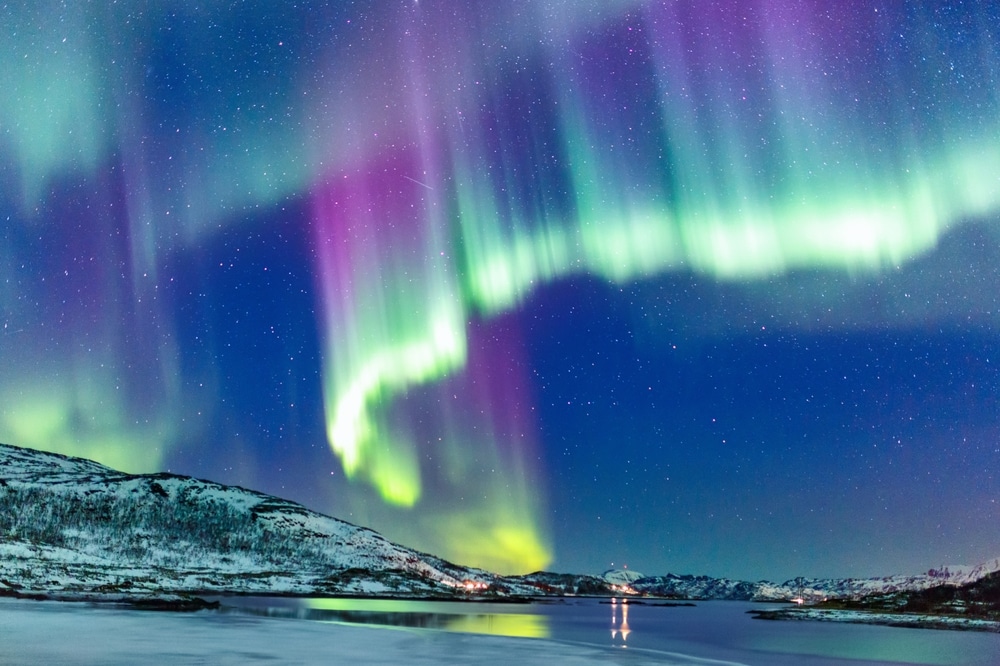
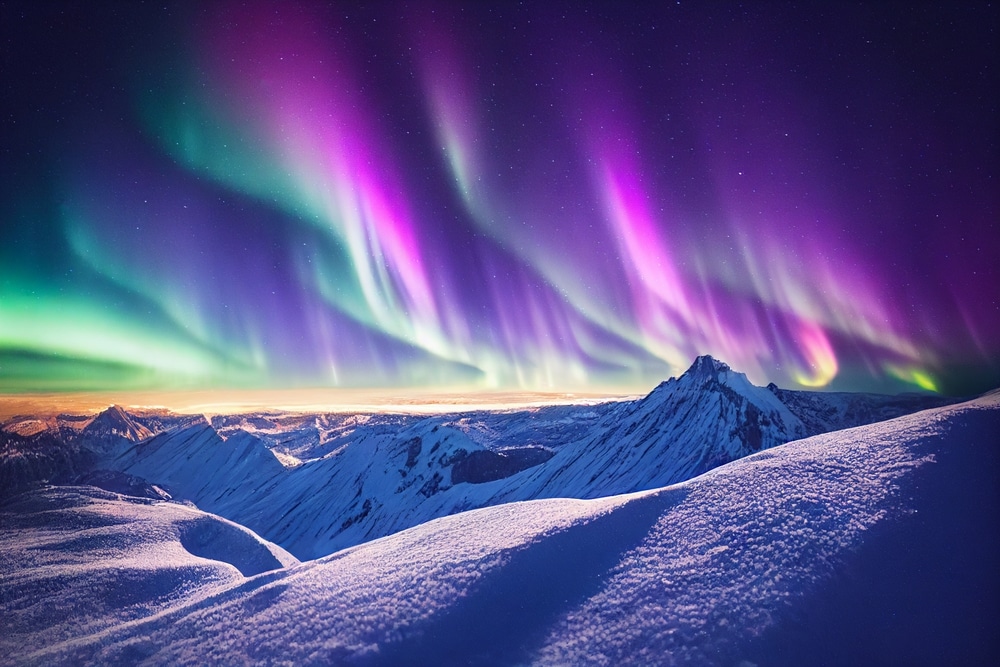
While the Northern Lights may seem like pure magic, they are actually the result of complex scientific processes. The lights are caused by charged particles from the sun, known as solar winds, colliding with the Earth’s magnetic field. When these particles interact with gases in the Earth’s atmosphere, they emit light in various colors, creating the mesmerizing displays we see in the night sky.
The specific colors of the Northern Lights depend on the type of gas molecules involved in the collisions. Oxygen molecules produce green and yellow lights, which are the most common colors seen in the aurora. Nitrogen molecules, on the other hand, can produce purples, blues, and even red hues, adding to the stunning variety of colors that make the Northern Lights so captivating.
The best time to see the Northern Lights is during the winter months, from late September to early April, when the nights are longest and the skies are darkest. The phenomenon is most visible in regions close to the magnetic poles, such as Norway, Sweden, Finland, Iceland, Canada, and Alaska. However, the intensity and visibility of the Northern Lights can vary depending on solar activity, weather conditions, and geographical location.
Witnessing the Northern Lights is a bucket-list experience for many travelers, and there are several destinations around the world where you can increase your chances of seeing this natural wonder. Each location offers its own unique setting and atmosphere, adding to the magic of the experience.
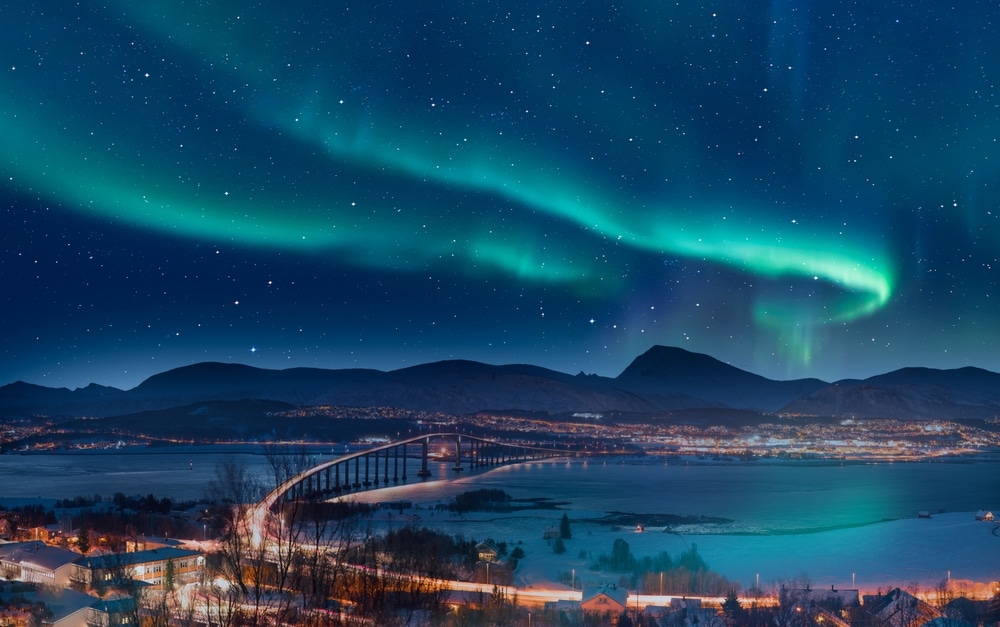
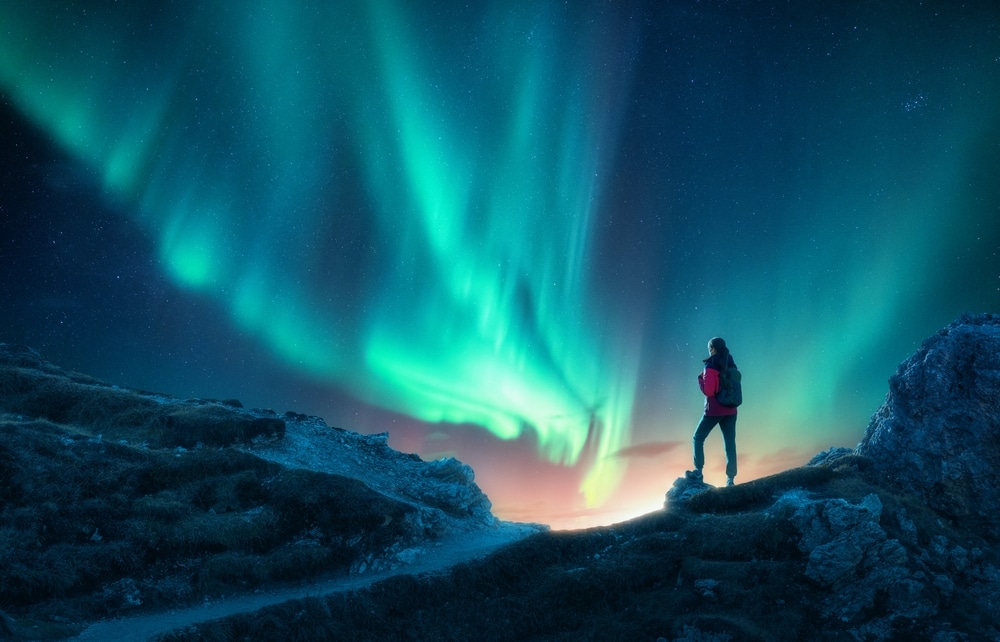
Seeing the Northern Lights is more than just a visual spectacle; it’s an emotional and spiritual experience that resonates with many people. The sight of the aurora dancing across the sky, with its vibrant colors and fluid movements, evokes a sense of awe and wonder that is hard to describe. For many, the experience is deeply moving, offering a moment of connection with the natural world that is both humbling and inspiring.
The anticipation of seeing the Northern Lights is part of the magic. The lights are unpredictable, and there’s no guarantee that they will appear on any given night. This uncertainty adds to the excitement, as each night holds the possibility of witnessing something truly extraordinary. When the aurora does appear, the sense of joy and amazement is heightened by the knowledge that you are witnessing a rare and beautiful natural phenomenon.
For those who are fortunate enough to see the Northern Lights, the memory of the experience often lingers long after the trip is over. The images of the lights dancing across the sky, the crispness of the cold air, and the stillness of the night create a sensory experience that stays with you, reminding you of the beauty and wonder of the world.
Photographing the Northern Lights is a rewarding but challenging endeavor. The low light conditions, the movement of the aurora, and the cold temperatures require careful preparation and the right equipment. However, with the right techniques, it’s possible to capture stunning images that showcase the beauty of the aurora and the landscapes it illuminates.
A good camera with manual settings, a sturdy tripod, and a wide-angle lens are essential for capturing the Northern Lights. Long exposure times are typically needed to capture the full range of colors and movements in the aurora. Many photographers also experiment with different angles and compositions, incorporating elements of the landscape, such as trees, mountains, or bodies of water, to create a more dynamic and visually appealing image.
For those new to photographing the Northern Lights, many destinations offer photography workshops or guided tours with experienced photographers who can provide tips and guidance. These workshops can help you make the most of your time under the aurora and come away with images that capture the magic of the experience.

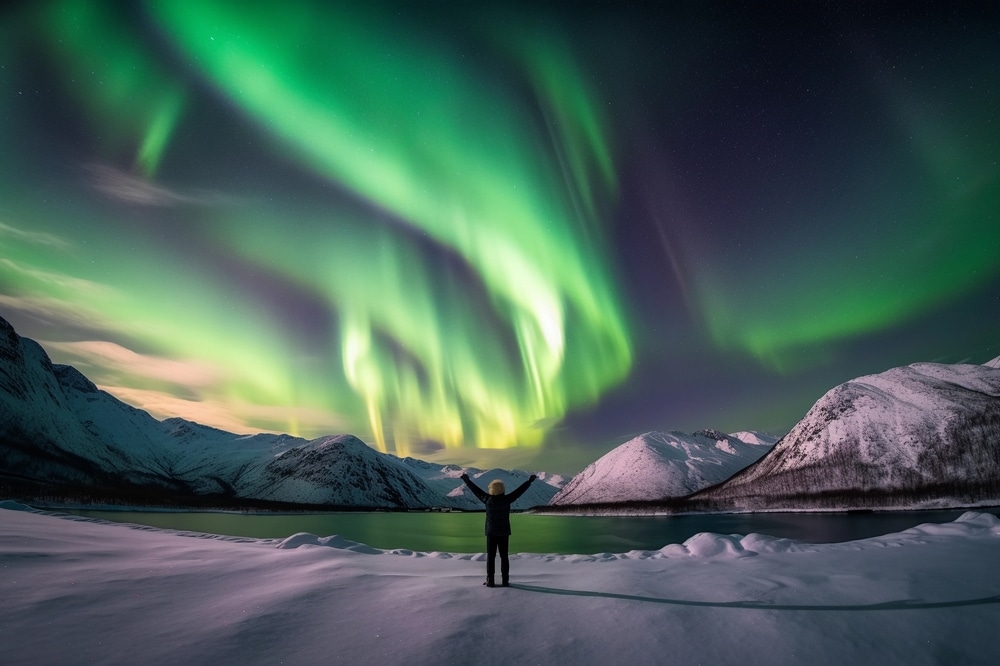
The Northern Lights are one of nature’s most mesmerizing and unforgettable displays, offering a glimpse into the beauty and mystery of the universe. Whether you’re chasing the aurora across the Arctic Circle, watching from a remote wilderness cabin, or standing in awe under the starry sky, the experience of seeing the Northern Lights is one that transcends words.
In a world filled with technological wonders and modern conveniences, the Northern Lights remind us of the power and majesty of the natural world. They inspire a sense of wonder, curiosity, and appreciation for the beauty that exists beyond our everyday lives. So, whether you’re planning your next adventure or simply dreaming of a magical night under the stars, let the Northern Lights guide you on a journey of discovery, awe, and connection with the natural world.